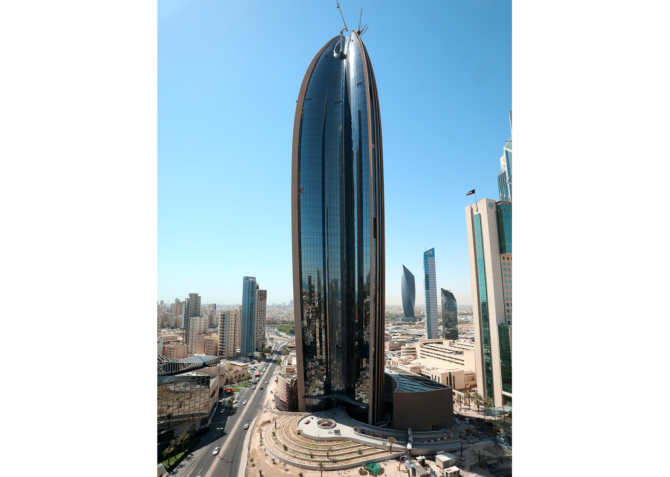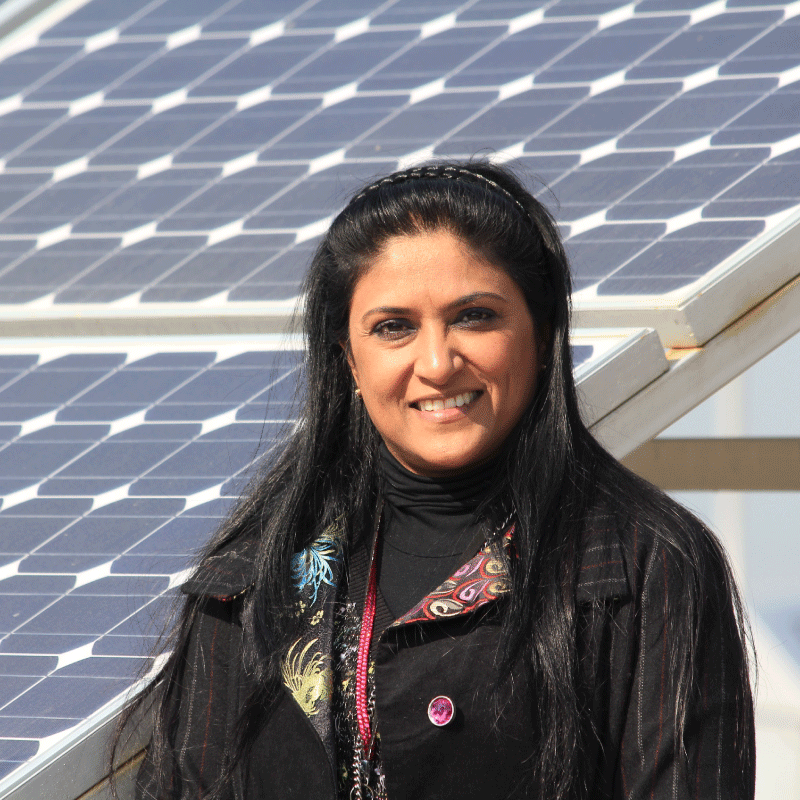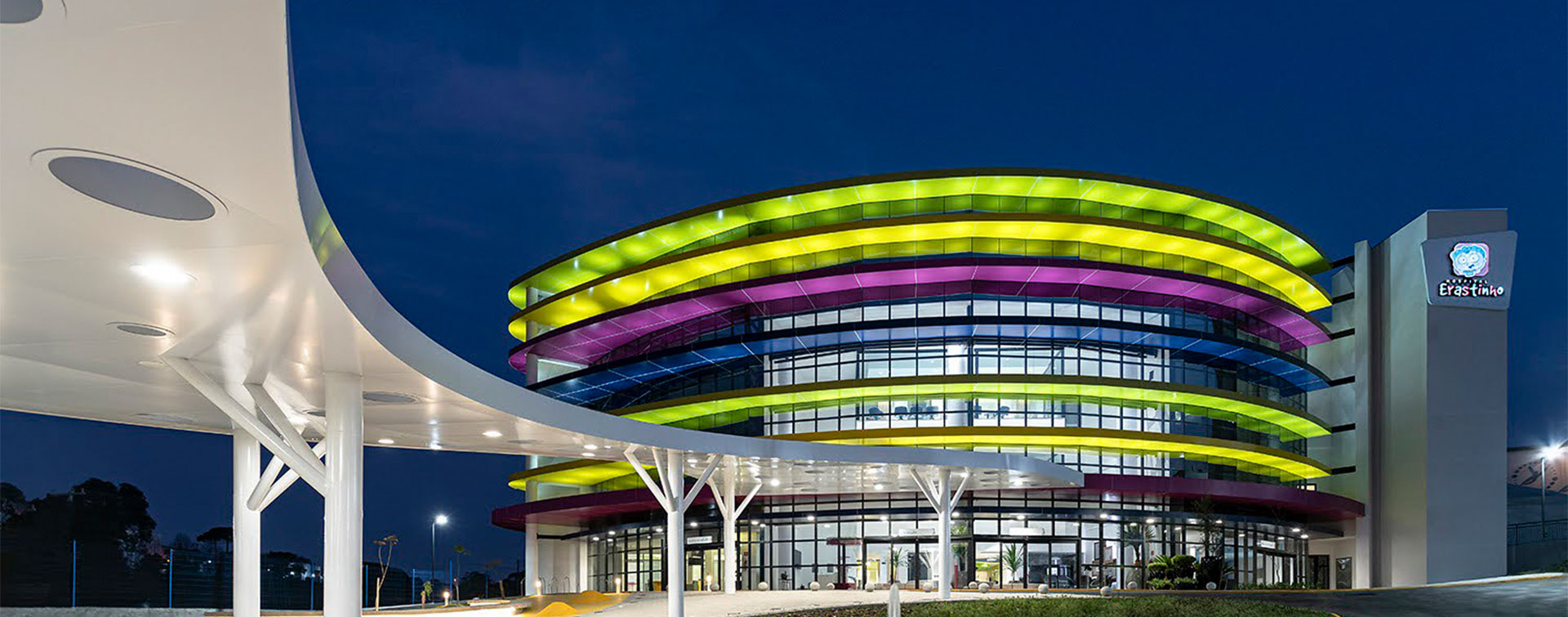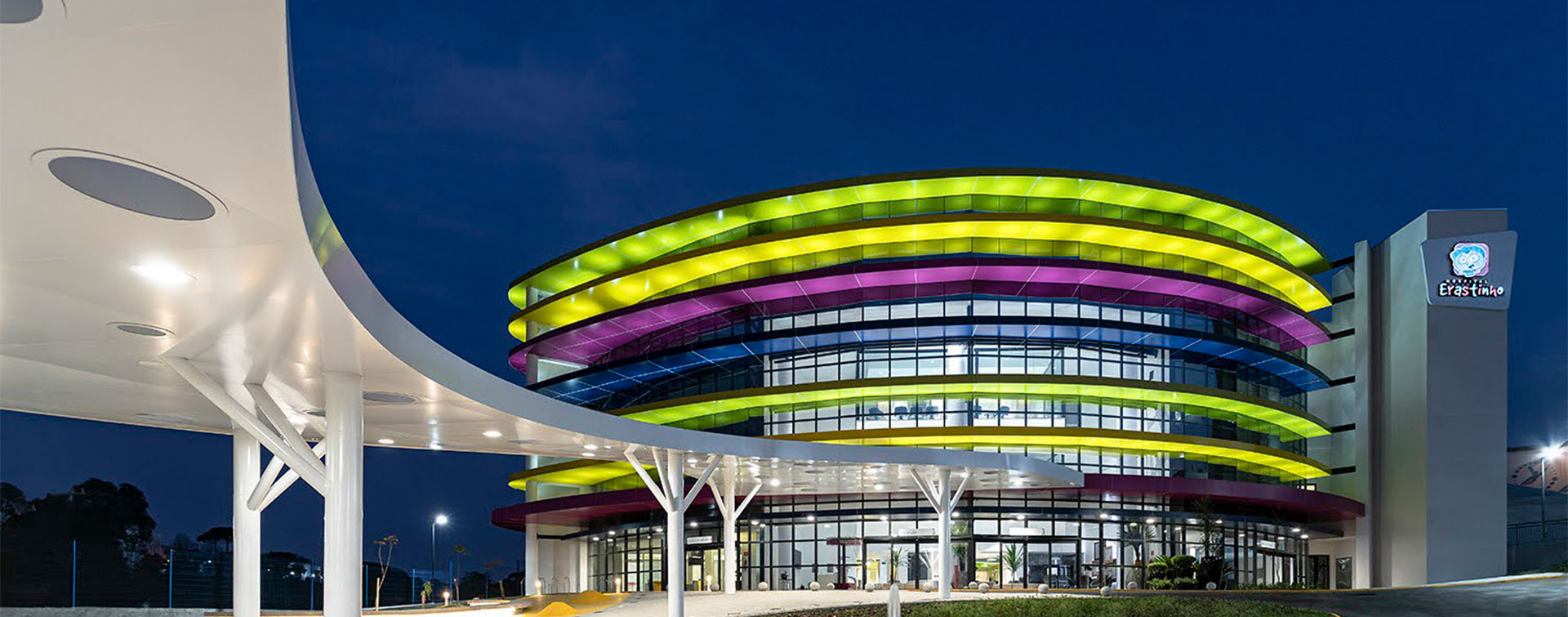 7 min
7 min
With over 25 years’ experience in energy efficiency and renewable solutions, Fotouh
Abdul Aziz Al-Ragom has conducted pioneering research into building performance and
sustainable energy systems. Executive Director of the Energy and Building Research
Center at the Kuwait Institute for Scientific Research, she has an international
reputation. Here she shares her forward-looking vision for accelerating the energy
transition in the built environment.
What challenges do you think the construction sector is currently facing in terms of the energy transition?
One of the main challenges of the energy transition lies in the high embodied carbon of
materials such as cement, steel and glass. Cement alone accounts for around 8% of
global CO₂ emissions. Although alternatives exist, such as geopolymer cement, “green”
steel and bio-sourced insulation materials (e.g. cellulose and sheep’s wool), their
adoption remains limited due to high costs and the absence of standardization and
certification frameworks.
In Kuwait, the sector faces additional barriers. Although a national energy conservation
code is in place, it remains weakly enforced and its adoption is not systematically checked. In addition,the lack of accredited national laboratories for testing building components such as walls, roofs, glazing and HVAC systems (heating, ventilation, and air conditioning systems) discourages the use of high-efficiency technologies.
Closing these structural and regulatory gaps is essential to facilitate a transition to
low-carbon, energy-efficient building practices.
How can the sector’s energy transition be accelerated?
Accelerating the energy transition of the construction sector requires the simultaneous
activation of several key levers. The first concerns the regulatory framework: without
sound legislation and rigorous enforcement of building codes, sustainability ambitions
will remain theoretical. These codes must be based on robust verification methodologies, to ensure that the standards defined are actually put into practice.
This regulatory requirement is complemented by a second pillar: innovative and
reliable sustainable materials. Their widespread adoption requires national testing and
certification infrastructure capable of objectively validating their performance. This is a
prerequisite for boosting the confidence of market players and accelerating adoption of
these materials.
The energy transition also depends on the quality of the skills available. The
development of a skilled workforce requires specialized training, the updating of
university and vocational curricula, and the implementation of continuing education
programs. This skill-building must be accompanied by greater collaboration between
ministries, local authorities, research institutions and private players. Such coordination
is key to aligning initiatives and scaling them up. Public-sector projects in particular play
an exemplary role: by systematically incorporating energy-efficient practices, they set
concrete benchmarks for the rest of the market.
Lastly, it’s essential to involve not only professionals, but also the general public.
Making citizens and users aware of the concrete, long-term benefits – lower energy
bills, greater comfort, more resilient buildings – is a powerful driver for change. Social
demand can, in turn, accelerate the adoption of sustainable solutions by developers and
investors.
Taken together, these actions create a ripple effect. Not only do they enable an in-depth
transformation of construction practices, they also align the sector with energy and
climate goals, both nationally and globally.
Renewable energy in KuwaitNumerous decentralized photovoltaic production systems are in use in the country, with the main one being developed in the Shagaya renewable energy farm, which will exceed 4 GW once all phases have been completed. Other photovoltaic installations include the roofs of homes, gas stations and supermarkets. The first renewable energy initiatives date back to the late 1970s, with experimental trials of several technologies, including photovoltaic, solar water heaters, solar ponds and even hydrogen production through the decomposition of hydrogen sulfide.
In terms of energy performance, what are the most exemplary projects or initiatives you’ve seen in the construction sector in recent years?
Combining innovation, functionality and environmental responsibility, the headquarters of
the National Bank of Kuwait (NBK) is setting the standard for energy-efficient high-rise
design in the region. It is a 300-metre-high, 63-floor skyscraper in the Sharq district of
Kuwait City. Designed by Foster + Partners, it is the first tower in Kuwait to achieve
LEED Gold certification, marking an important milestone in the country’s efforts to
promote sustainable construction.

The building incorporates advanced environmental features, including low ozone
depletion potential (ODP) and low global warming potential (GWP) refrigerants, 100%
LED lighting, gray water recycling and efficient waste management systems.
Architecturally, the tower’s cylindrical shape, inspired by a pearl shell, opens out towards
the Arabian Gulf, symbolizing Kuwait’s cultural heritage. Concrete fins along the façade
provide both structural reinforcement and solar protection. Fritted glass is integrated into
the building design to minimize heat and glare without compromising daylight access.
What key figure would you like to highlight in this interview?
Kuwait was a pioneer in the region, drawing up its national energy conservation code in
the early 1980s. This code requires the use of thermal insulation in walls and roofs, and
sets load limits for air-conditioning and lighting systems. Today, it is a cornerstone of
Kuwait’s energy efficiency framework, and a revised version is currently being prepared.
It is estimated that this code has avoided around 8 GW of power demand (about
40% of current installed capacity) and over 30 million tonnes of CO₂ emissions
over the past four decades.
Meet other energy experts:
Special report: Energy Challenge: Experts’ Visions
See also:
Special report: Cities & Sustainable Construction










